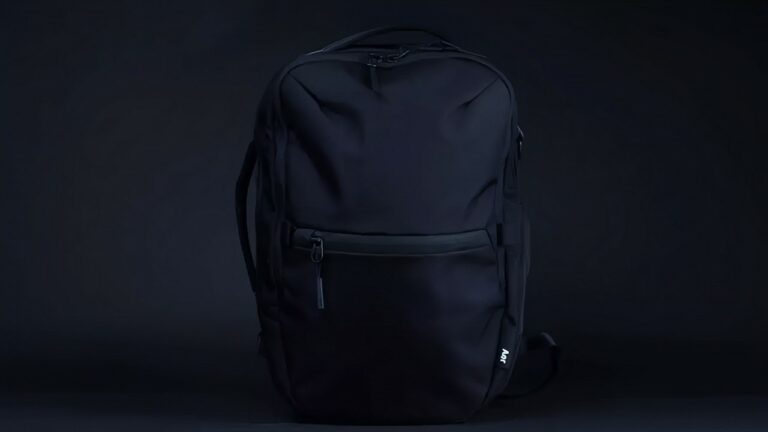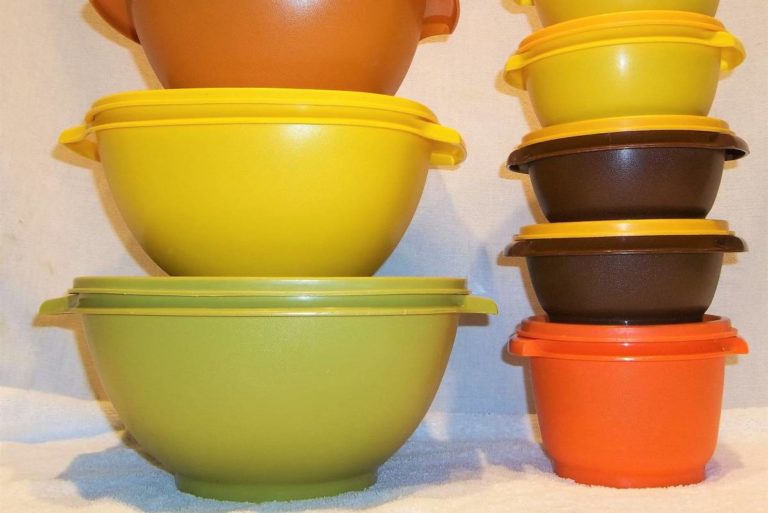How Many Cars Fit In A Shipping Container? (20 and 40 feet)
If curiosity has ever inspired questions about shipping containers, you’re in the right spot. While the contents of shipping containers vary widely depending on the type, size, and dimensions of the cargo, based on what we know about shipping container sizes, we can estimate approximately how many items, like vehicles, they can carry.
A 20 ft container can generally hold 2 vehicles placed end to end. A 40 ft shipping container can hold about four standard-sized cars inside. The shipping container capacity varies based on the container and cargo.
The rest of this article will explain a few topics related to this question in great detail, including the dimensions of 20 ft and 40 ft shipping containers and the differences between the two of them. Let’s dive into the details!
Cars That Fit in a Shipping Container
Shipping containers carry different types of freight. One item that shipping containers can take is vehicles. A 20 ft container can carry two standard-sized cars placed end to end, and a 40 ft container can hold about 4 cars.

However, the type of car being transported also determines how many can fit in a shipping container.
Examples with a 40ft container
With the kind collaboration of Trans-Rak.
2 x Audi A4 Sedan/Avant + 2 x Audi A7 Sportback

4 x BMW 3 Series

3 x Volvo XC90

1 x Audi A4 Allroad + 2 x Audi E-Tron

Dimensions of a 20 ft Shipping Container
Most shipping containers are either 20 ft or 40 ft in length. However, some can be 10 ft (3 m), and there are customizable sizes as short as 5 ft (1.5 m) or as long as 45 ft (13.7 m). As for the width, almost all of them are 8 ft, and the standard height for most of them is 8.5 ft (2.6 m), but you can get some a little taller at 9.5 ft (2.8 m).
For shipping containers, standardization was vital for improving shipments and increasing efficiency. Without standardized sizing, shipping containers wouldn’t be able to haul nearly as much cargo because the different lengths and widths wouldn’t accommodate stacking.
Stacking shipping containers allows ships to transport larger quantities and store cargo more efficiently. For those reasons, the 20 ft and 40 ft lengths of shipping containers became the most common types of shipping containers and the industry standards.
20 ft containers are often called “twenty-foot equivalent units” (TEU) because they have become a standard industry measurement tool. For example, when laborers have to measure the contents of their shipment, they will often measure volume in TEU.
A few other advantages of the 20 ft containers are that they’re cheaper to ship and easier to stack on top of each other because of their standardized size. Also, they have heavy-duty flooring so you can keep heavy-duty cargo inside, like vehicles. There are also lashing points inside the floor interior to help secure cars or other cargo on board.
20 ft shipping containers are often preferred because the doors open 270 degrees. The internal dimensions of 20 ft shipping containers are usually 5.9 m or 19.4 ft with an internal width of 2.35 m or 7. 8 ft and an internal height of 2.39 m or 7. 9 ft.
According to Sea Rates, the cargo of 20 ft shipping containers varies greatly, but their typical payload capacity is about 25,000 kg or 55,115 lbs.
Dimensions of a 40 ft Shipping Container
The other standard shipping container comes in a 40 ft-long size. This one is double the size of the 20 ft container, carrying twice the cargo. It’s also a standard industry size, so it isn’t super expensive to ship, and it’s easy to stack and ship efficiently, too.
A 40 ft container can hold about four averaged sized vehicles, but it could potentially fit five to six compact vehicles or three SUV-style cars.
As this container size is an industry standard, like the 20 ft containers, it has become a measurement tool for volume. Similarly, 40 ft shipping containers are often called “forty-foot equivalent (FEU)”.
The dimensions of a 40 ft shipping container are an internal length of about 12.03 m or 39.5 ft, with an internal width of 2.4 m or 7. 9 ft, and an interior height of 2.39 m or 7. 9 ft.
40 ft containers are great for hauling more oversized cargo, as they can take double the amount of freight as a 20 ft container.
Differences and Similarities Between 20 ft and 40 ft Containers
What qualities distinguish these two containers, apart from the most obvious difference between 20 ft and 40 ft shipping containers?
A 40 ft container is longer than a 20 ft container by 20 ft, though they’re essentially the same size. The more extended size can be more accommodating for an increased cargo load. The 20 ft and 40 ft containers are the most common, making them cheaper to ship various items.
These containers are referred to as “dry containers” or “dry vans.” They’re steel boxes with no insulation, which means that the cargo on board must be temperature resistant. This feature makes these items perfect for shipping vehicles.
Every day, items of multiple sizes, quantities, and types are shipped worldwide. This constant exchanging of goods created standardization within the shipping industry. Thus, with all their similarities, the 20 ft and 40 ft containers led to an increase in production, seamless logistics, and increased efficiency.
These two containers may not have many differences, but they do have several customizable container options if you ever need to ship something more specialized. But, if you’re looking to discover the best way to get a vehicle across the ocean, a 20 ft or 40 ft container will likely be your best option.
Can a Shipping Container Be Used as a Garage?
A shipping container can be used as a garage, but it requires a solid foundation to prevent slippage, especially if you plan to drive your car in and out frequently. To avoid this, lay down a layer of concrete. You should also add a layer of insulation and consider any legal requirements in your area.
Conclusion
20 ft and 40 ft containers are terrific for a wide array of commodities. Plus, they are big space savers. Their standardized sizes allow the containers to be stacked on top of each other, allowing for maximum space preservation.
Since 20 ft and 40 ft containers have been standardized within the industry, they also have lower costs than customizable or special-sized containers. Lower costs make them more accessible to use than other sizes.
Each of these containers can carry more than one vehicle. The number of cars they can take depends on the type of vehicle, the destination, and the size of the container.
Sources
- Trans-Rak: Vehicle Racking Systems
- Sea Rates: How Many Cars Fit in a Container







